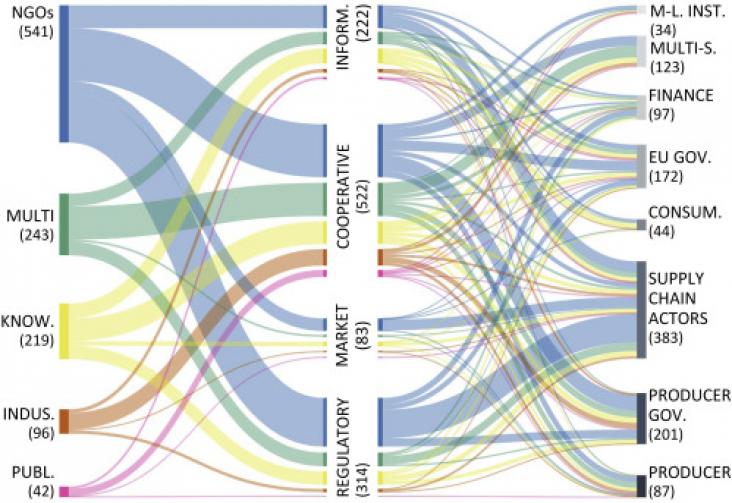Chris D. Jones, Chapter 4 - Numerical modeling of the global climate and carbon cycle system, Editor(s): Trevor M. Letcher, Climate Change (Third Edition), Elsevier, 2021, Pages 67-91
Trevor M. Letcher, 1 - Global warming—a complex situation, Editor(s): Trevor M. Letcher, Climate Change (Third Edition), Elsevier, 2021, Pages 3-17

Antigoni Faka, Konstantinos Tserpes, Christos Chalkias, Chapter 10 - Environmental sensing: a review of approaches using GPS/GNSS, Editor(s): George p. Petropoulos, Prashant K. Srivastava, GPS and GNSS Technology in Geosciences, Elsevier, 2021, Pages 199-220, ISBN 9780128186176, https://doi.org/10.1016/B978-0-12-818617-6.00013-5.
